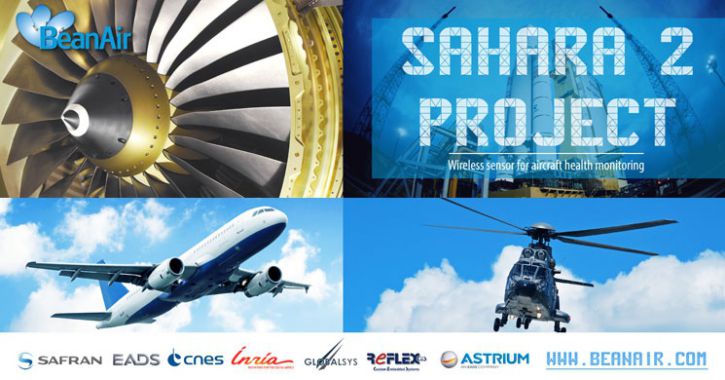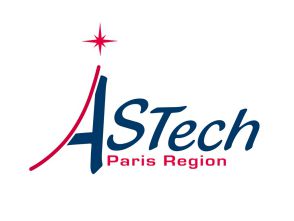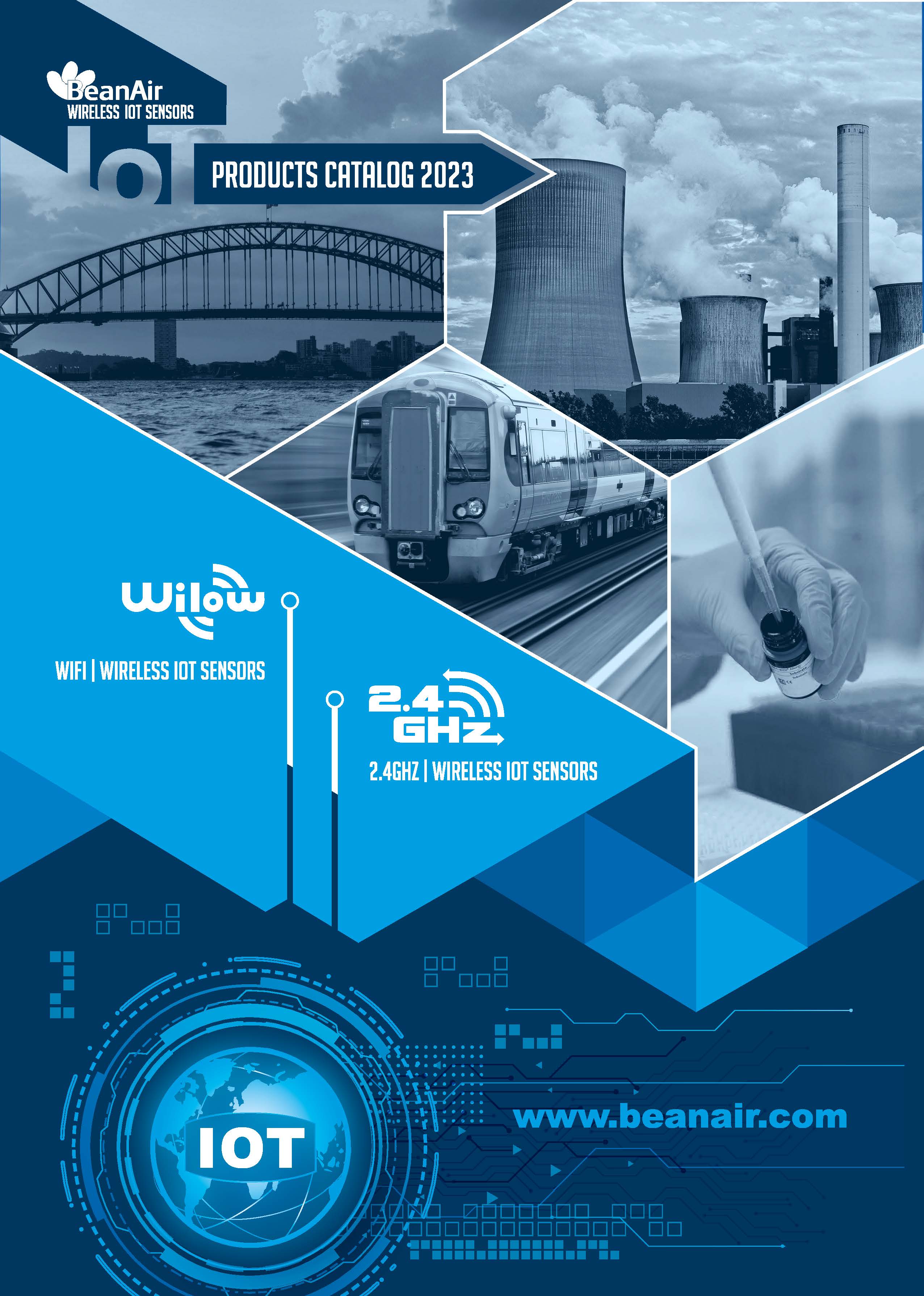 |
|||
|
What is Sahara 2?
Sahara 2 is an innovative and challenging project, launched in France and supported by Astech, involving several French Ministries, 12 partners (amongst which: Astrium, SAFRAN, EADS, Eurocopter, the French National Center for Space Studies,… ), several French Universities and Research Laboratories along with 3 SME: BeanAir, Globalsys and Reflex CE.
|
|||
|
Which is the aim of Sahara 2 Project?
The goal of this project is to create Wireless Sensor Networks applied to aeronautics and space field, improving the possibility of monitoring aircrafts, helicopters and space vehicles. In fact, for aerospace applications, Wireless Technologies have a huge potential interest.
|
|||
|
|
|||
|
In particular, what are the opportunities?
Nowadays, in an airplane, helicopter or a pitcher, thousands of sensors for most non-critical are used to measure various parameters (temperature, pressure, positions and more) and the results are then routed through the wires and then to the on board computers that process them.
Therefore, the interconnections of multiple sensors results in a great amount of cables (normally, hundreds of kilometers of cables are used), generating high complexity (both in design and production), high weight and high costs.
A critical point is the frequent impossibility of implementing useful sensors in some locations, because they wouldn’t be accessible to physical wiring (for example, it is nowadays impossible to use sensors monitoring the engine).
Finally, when it comes to upgrading older aircraft, it is almost impossible to lay wiring for new sensors that are not proposed in the original draft.
|
|||
|
|||












